2024 Infrastructure Developers Summit
By: Eric Beightel, Permitting Council Executive Director
November 21, 2024

Last month we hosted our inaugural Infrastructure Developers Summit. Clearly, I am a bit biased, but I am extremely proud of what we were able to accomplish together. Over 200 people gathered from across the permitting universe, from Biden-Harris administration senior leaders to hands-on subject matter experts, project sponsors and front-line staff doing the work of environmental reviews and permitting, all ready to roll up their sleeves and get to work on improving permitting as we know it. Together we did something special, bringing every corner of the permitting process together to brainstorm, share best practices, and strategize how to deliver critical infrastructure quickly without sacrificing environmental protections. The day was engaging, invigorating and impactful—but what I enjoyed most was hearing directly from project developers and federal colleagues about the value FAST-41 and the Permitting Council has brought to their work. Here is a sampling:
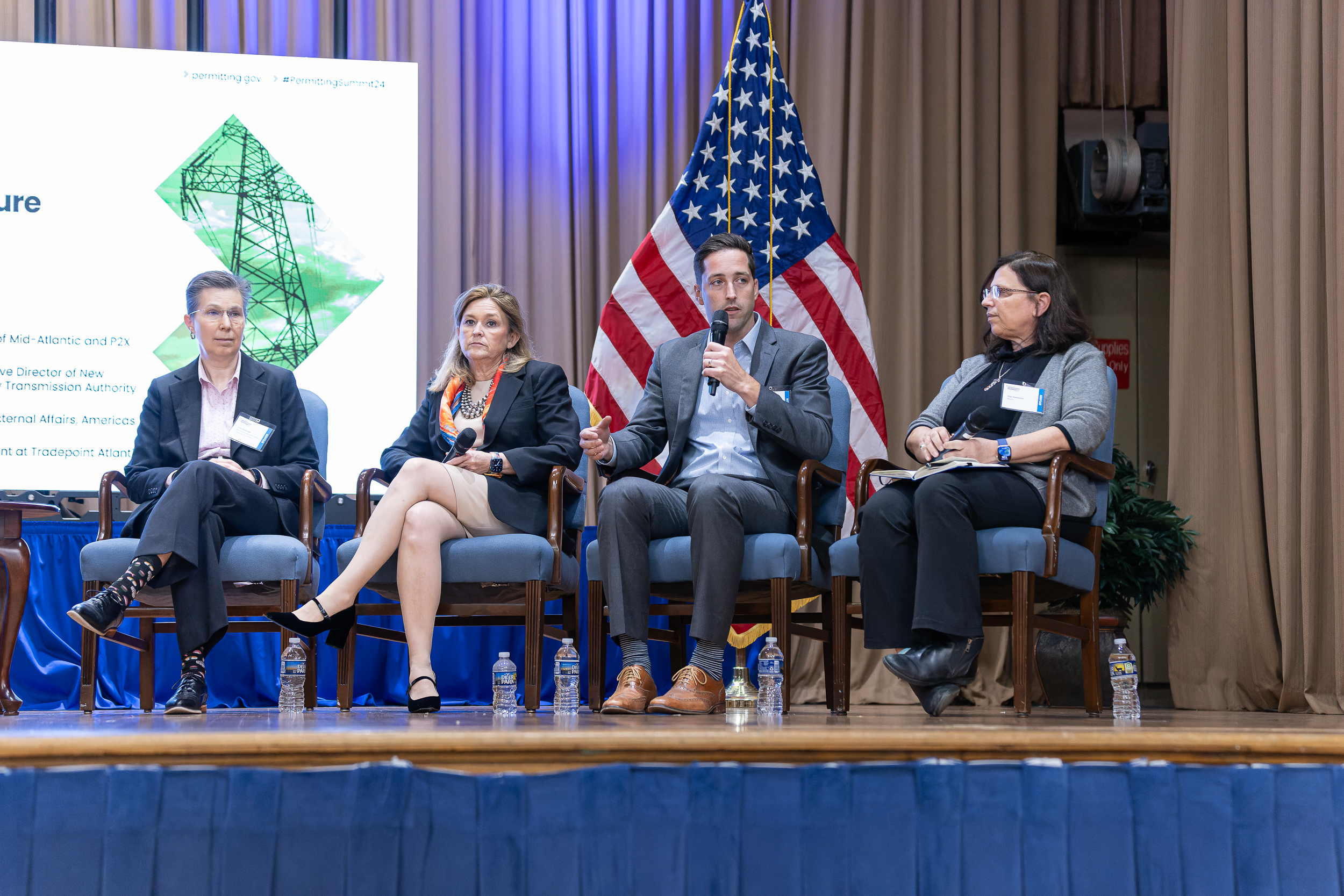
- We are a Resource: Project developers described FAST-41 and the work of the Permitting Council as a resource, and we couldn’t agree more. While the Permitting Council does not have the ability to issue permits or change processes, what we can do is ensure that when a project runs into a roadblock or hurdle, we are the resource that brings all involved stakeholders to the table to address the issue and develop a plan of action to move the process forward. Outside of FAST-41 this level of coordination is not common, with federal agencies too often working in silos, lacking the communication and facilitation that is essential to an efficient process.
- We are an Advocate: The Permitting Council was described as an advocate for project sponsors, ensuring that permitting issues are raised, discussed and followed through, bringing much needed coordination and collaboration into the federal permitting process. This is a descriptor that is near and dear to our hearts at the Council, as we work as a permitting sherpa of sorts, guiding projects through the system with transparency, predictability and accountability, a level of customer service that isn’t typical in the traditional process.
- FAST-41 is FAST (just not the way you may think): Project sponsors said that while FAST-41 doesn’t necessarily make the permitting process faster, it does encourage stakeholders to come to solutions faster, which improves the overall efficiency of the process. Our acronym often confuses people about the purpose of our program, but this description captures it perfectly. By bringing coordination and collaboration to the process FAST-41 can make decision making in federal permitting more timely.
I’ll end with something that one of our federal colleagues said at the Summit, talking about our focus on permitting efficiency: “There’s a reason that we do it, there is a reason we invest so much time in it,” said USDA Deputy Secretary Xochitl Torres Small. “And the big reason is that permitting is for the public good. It is worth investing in.”
I couldn’t agree more. It can be easy to get caught up in the weeds of our daily work, losing track of why we are doing this at all. But in the end our quest to transform permitting is for the good of the American public and the future we leave to the next generation. With that in mind, we must continue to push for greater transparency, predictability and accountability in our processes, enabling us to deliver much needed infrastructure more efficiently so that we can realize economic, social and environmental benefits sooner.
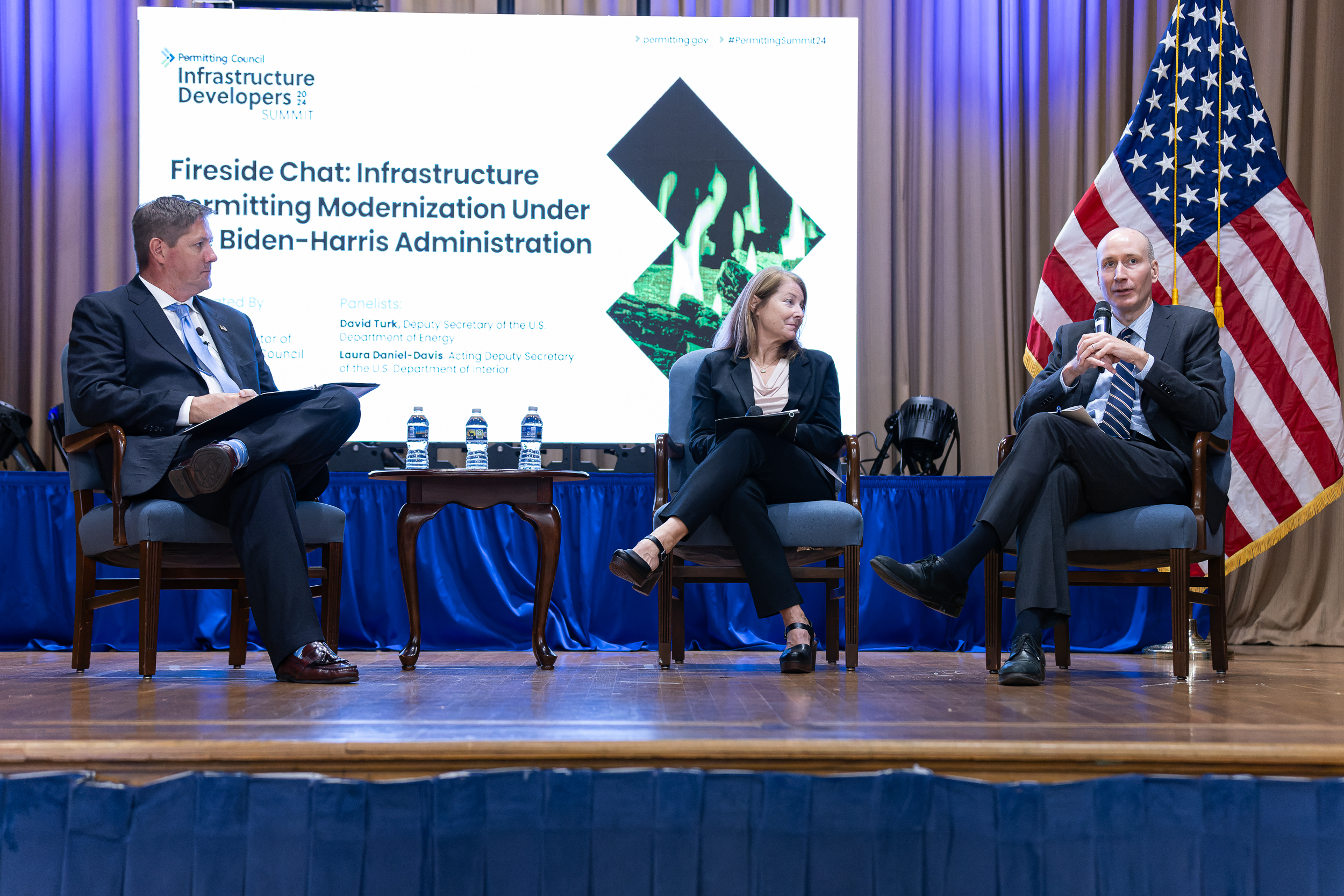
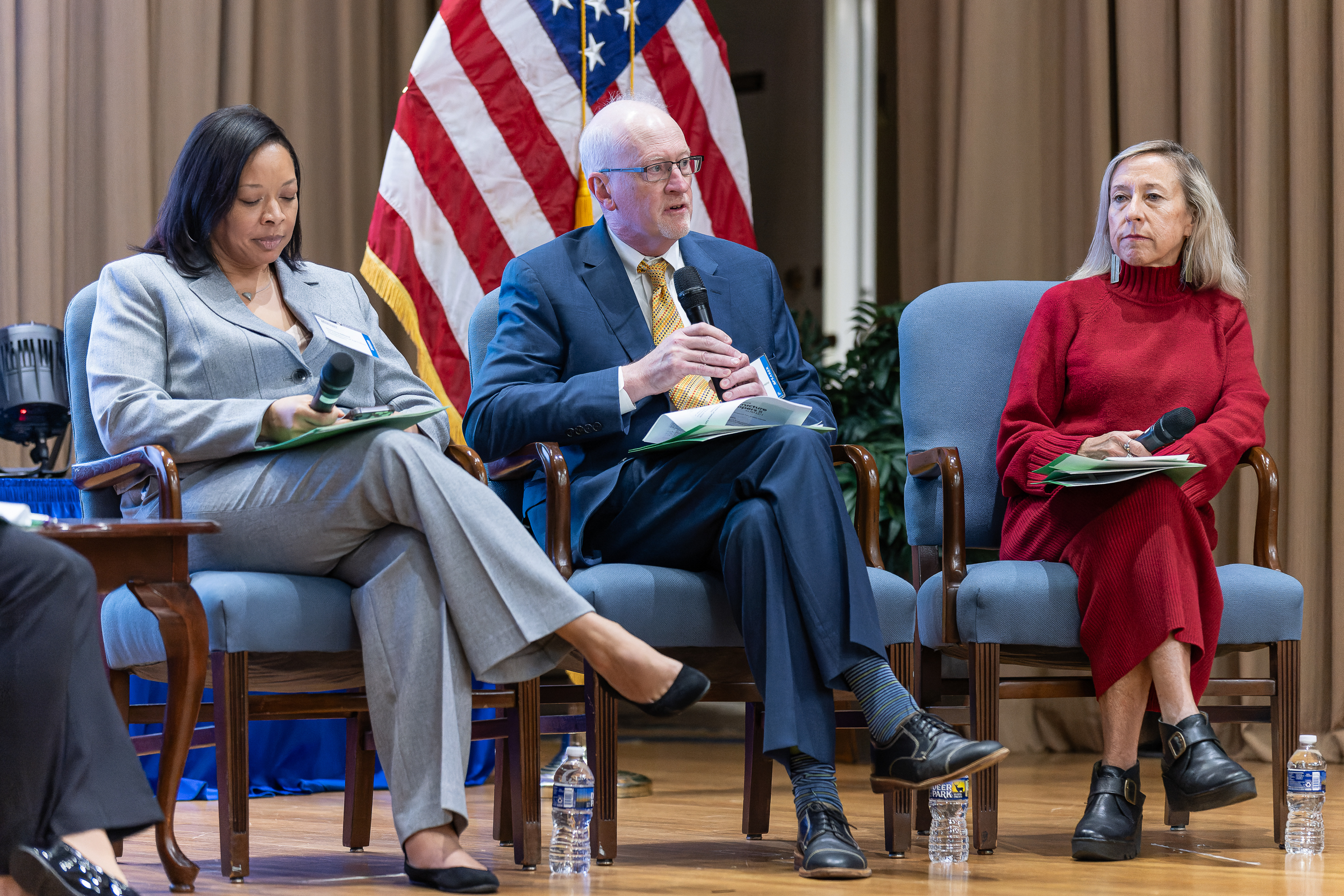
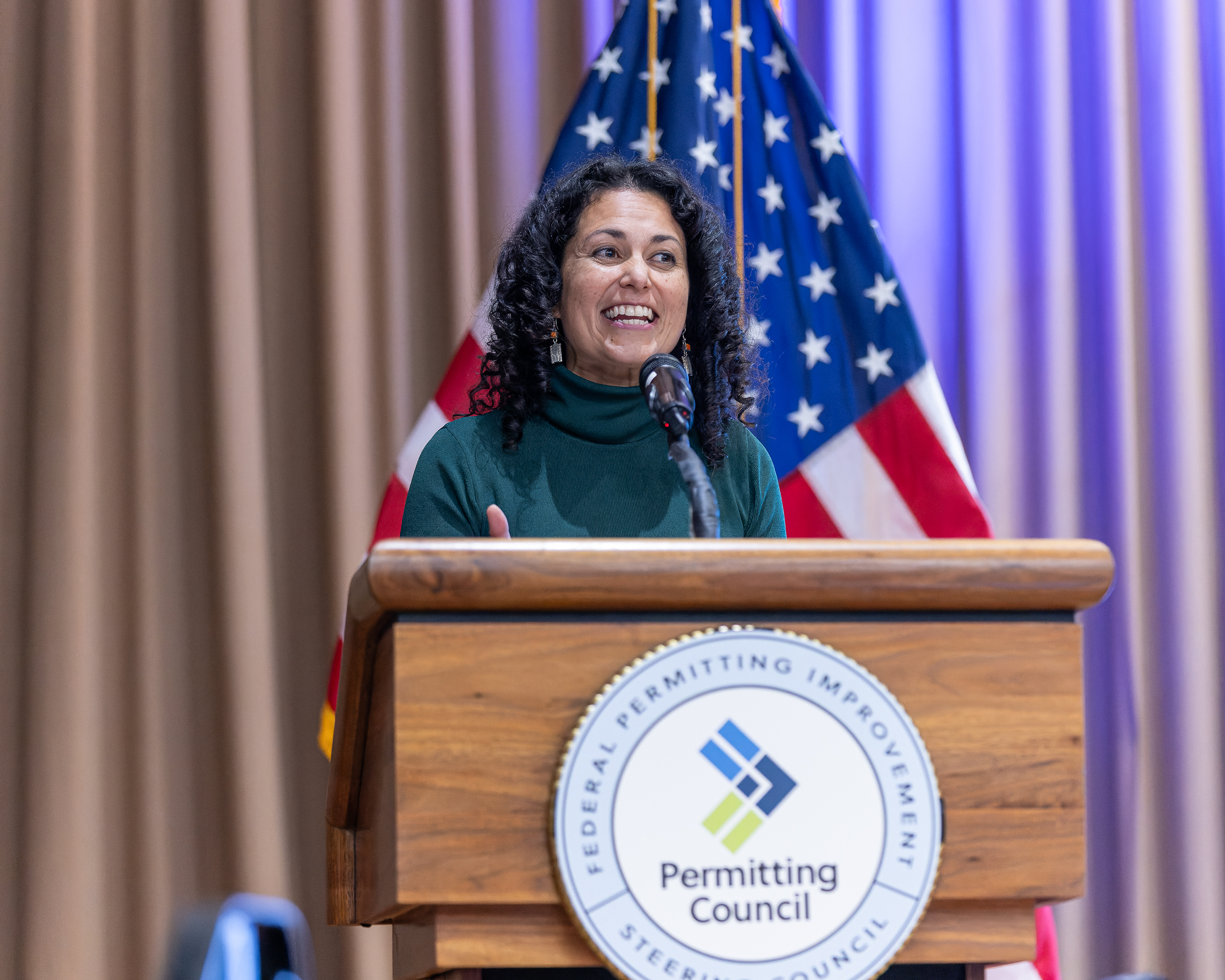
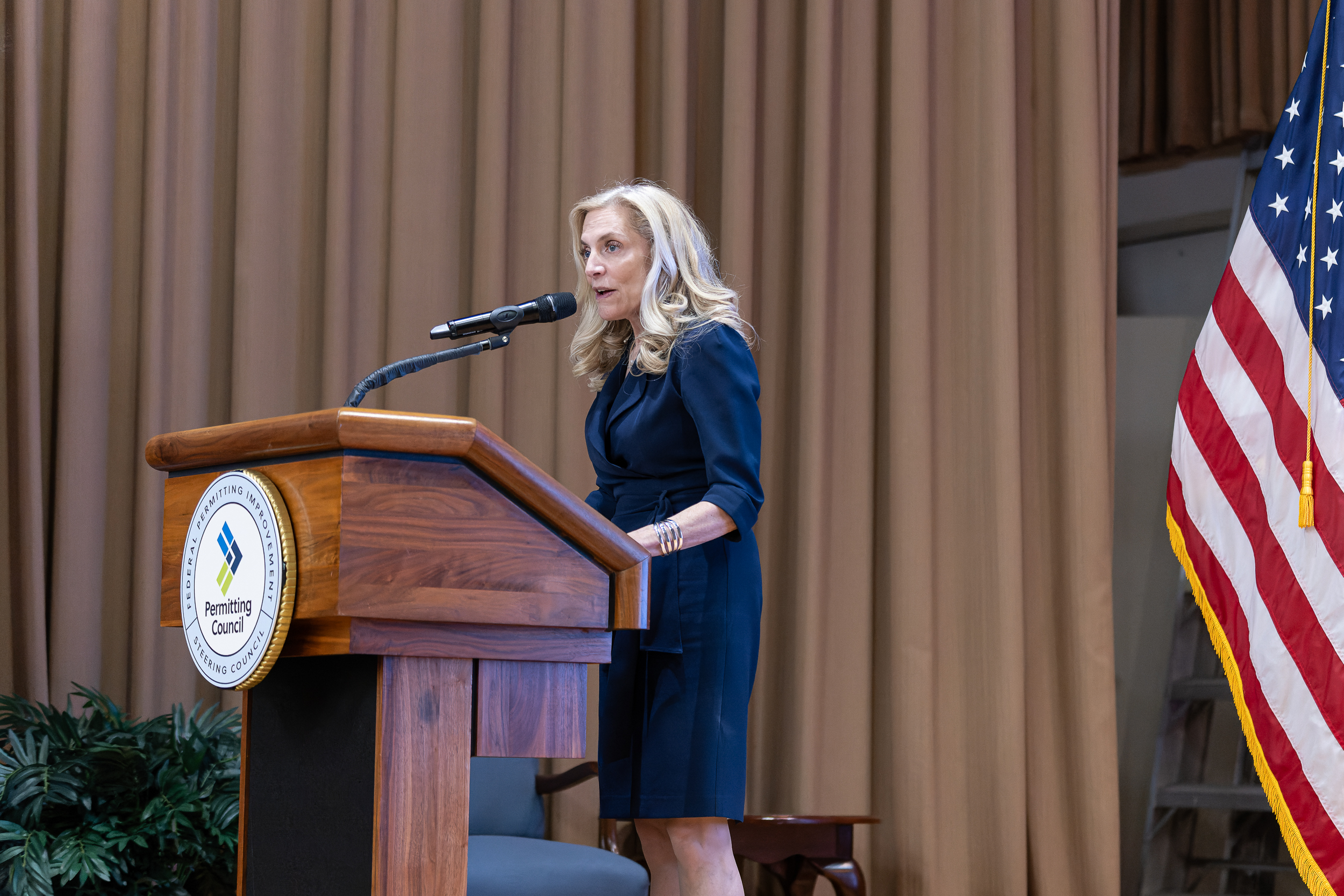
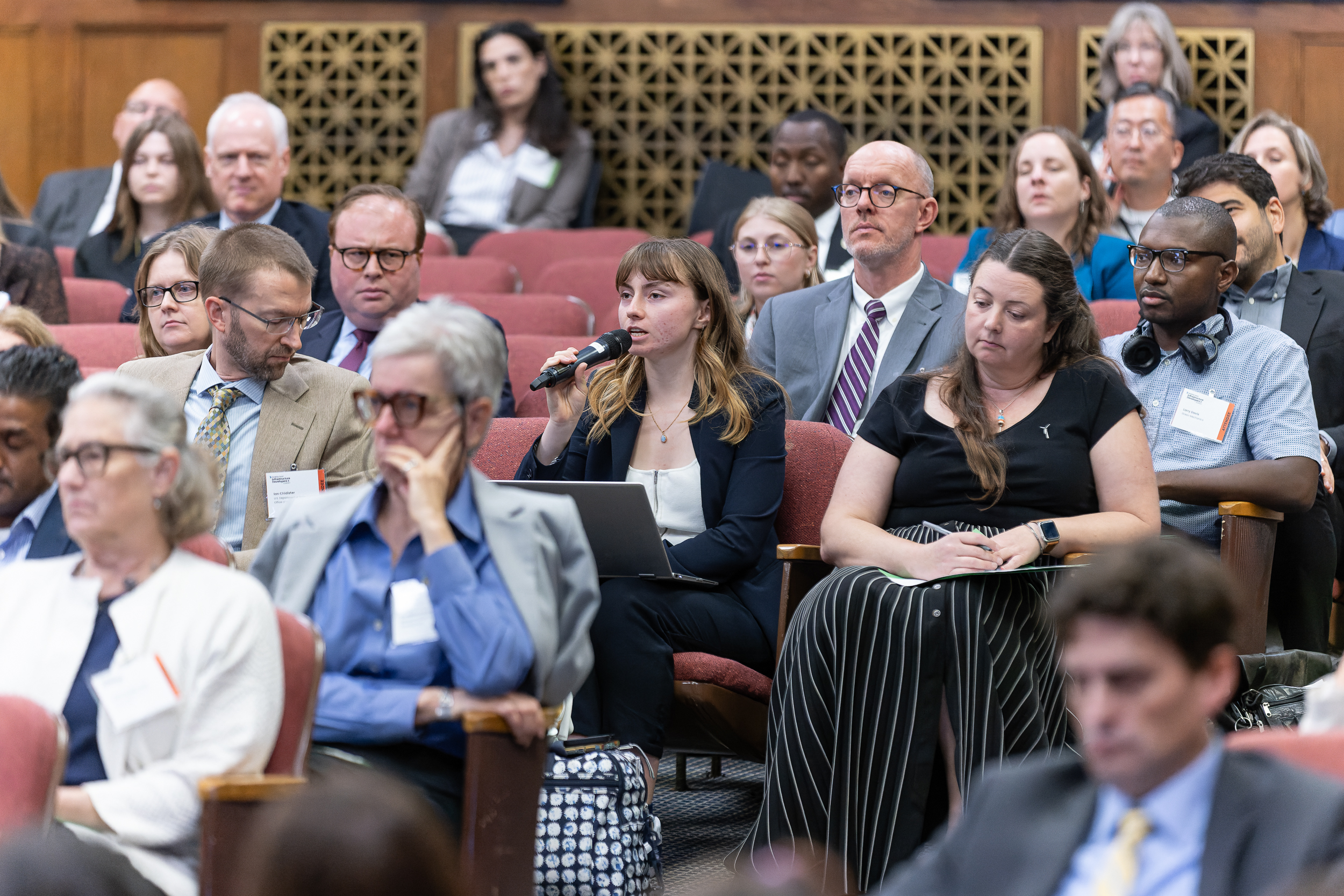
Find more photos from the inaugural Infrastructure Developers Summit here.
A Visit to the Land of Enchantment
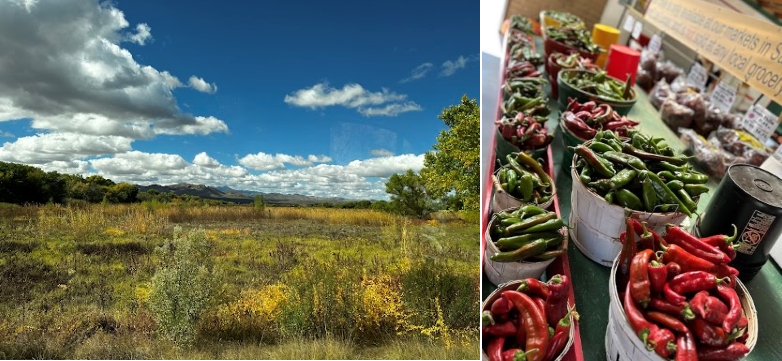
The Permitting Council Office of the Executive Director recently returned from a trip to New Mexico, where we toured FAST-41 project sites, visited with congressional offices and state leaders, engaged with broadband project leaders in Tribal communities, and presented at the Renewable Energy Transmission Authority conference. As we kick off our new blog, The Infrastructure Insider, check out some highlights from our trip as we worked to bring once-in-a-generation infrastructure to the Land of Enchantment.
Congressional Office Visits
We kicked off our trip with a visit to the Congressional offices of Senator Martin Heinrich, Senator Ben Ray Lujan, and Congresswoman Melanie Stansbury, to brief staff on the work of the Permitting Council and opportunities for New Mexico projects to leverage FAST-41. Projects that require Federal permits are often in regular contact with congressional offices, and this visit was an excellent opportunity to make sure that congressional staff have an awareness of the opportunities and support FAST-41 can offer to project sponsors who approach congressional offices for Federal permitting assistance.
SunZia Site Visit
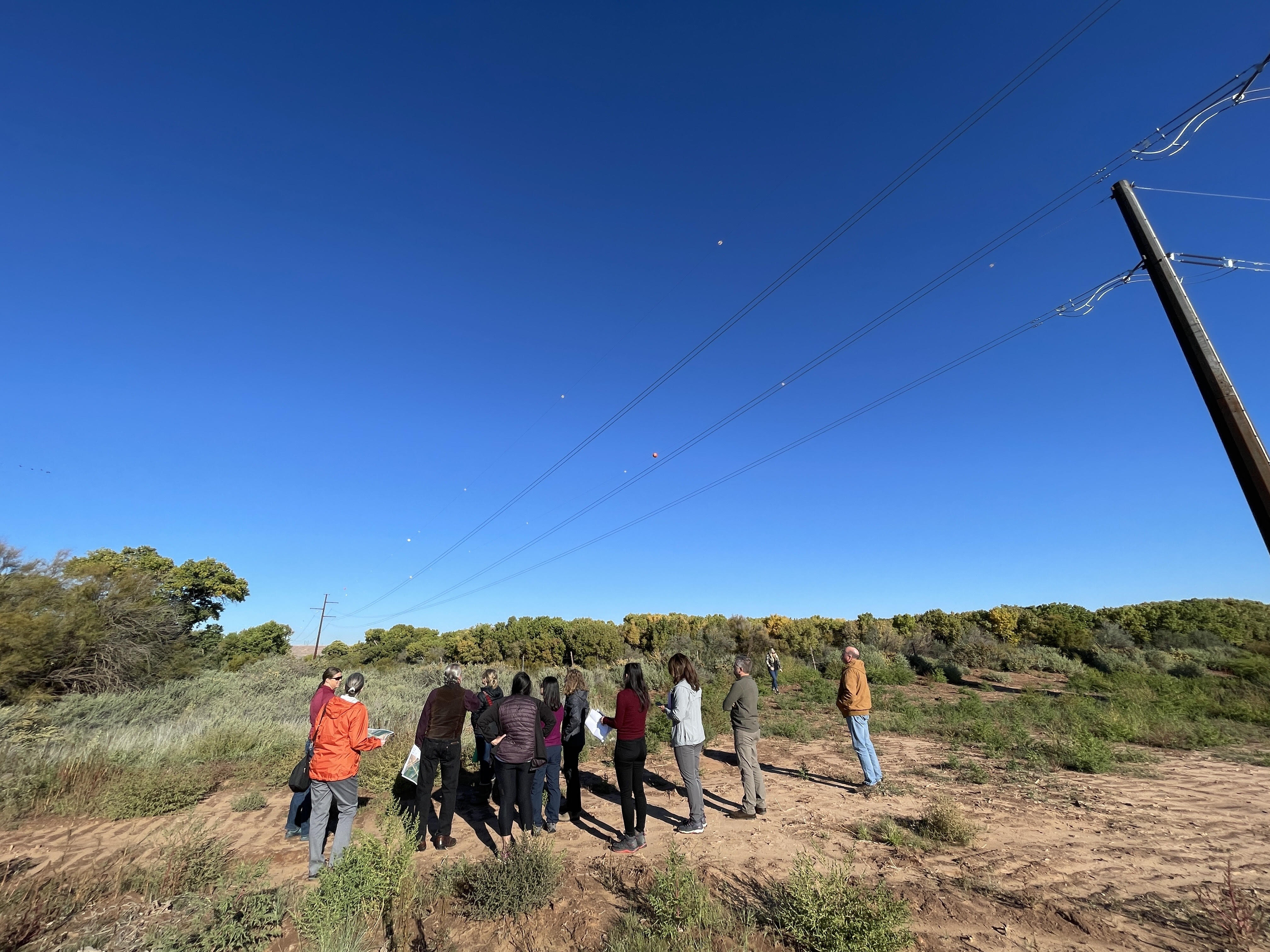
A visit to New Mexico was the perfect opportunity to visit SunZia, a FAST-41 covered project. The $1 billion 550 mile transmission line project consists of two aerial transmission lines running from Central New Mexico to Central Arizona. The area surrounding the line includes two national wildlife refuge systems (NWR), the National Sevilleta and the Bosque del Apache. The team participated in a tour led by Department of the Interior (DOI) experts of the NWRs, learning first-hand about the possible impacts to wildlife associated with infrastructure construction.
Briefings with Governor Lujan Grisham’s Office and Cabinet Secretaries
Next up was a visit to the Office of the Governor for briefings with Governor Lujan Grisham’s advisors and cabinet secretaries. This was an opportunity to brief state officials on the benefits of FAST-41 and how the Permitting Council can support the state in achieving its infrastructure goals. New Mexico has received over $3.5 billion in Federal infrastructure funds over the past two years, making it a prime location for future FAST-41 projects. The state also passed the Energy Transition Act in 2019, setting bold renewable energy standards to chart a path to a low-carbon energy future. The Energy Transition Act sets a statewide renewable energy standard of 50 percent by 2030.
New Mexico Renewable Energy Transmission Authority (RETA) Workshop
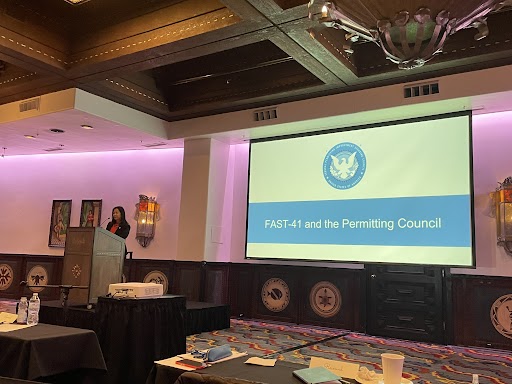
New Mexico has historically been a major player in the Southwest as it relates to energy production. With its abundance of sun, wind, and vast Federal land, New Mexico is a state perfectly suited for projects covered under FAST-41, especially those in the renewable energy sector. That is why our team made it a priority to attend the RETA Energy Storage Workshop while in Santa Fe. The theme of the workshop was 500 Megawatts for 5 Days, and we spent an exciting two days brainstorming ways to increase utility scale storage with experts in the field. Permitting Council Executive Director Christine Harada presented on bringing transparency and predictability to Federal permitting and highlighted how FAST-41 coverage could be a game changer for renewable energy projects in New Mexico.
Supporting Tribal Broadband Projects through FAST-41
The final stop of our trip was a visit to the Santa Fe Indian School (SFIS) to discuss FAST-41 coverage for two multi-million dollar Tribal broadband projects that will increase connectivity to Tribal communities in rural areas.
The first project discussed for FAST-41 coverage is coordinated by SFIS. SFIS was awarded over $57 million from the National Telecommunications and Information Administration’s (NTIA) Tribal Broadband Connecting Program for a 300-mile broadband project. The project installs broadband fiber largely on rural and Tribal land in New Mexico, and will require several permits from Federal agencies before it is complete. The project will connect students in grades 7-12, among other community members and Tribally owned entities.
The second broadband project discussed for FAST-41 coverage was with the Santo Domingo Pueblo. This project also received funds from the NTIA Tribal Broadband Connecting Program (over $12 million) to install fiber and connect towers in order to provide 680 unserved Native American households with broadband access. The Permitting Council looks forward to seeing how we can work with both the Santa Fe Indian School and the Santo Domingo Pueblo to get these projects covered under FAST-41.
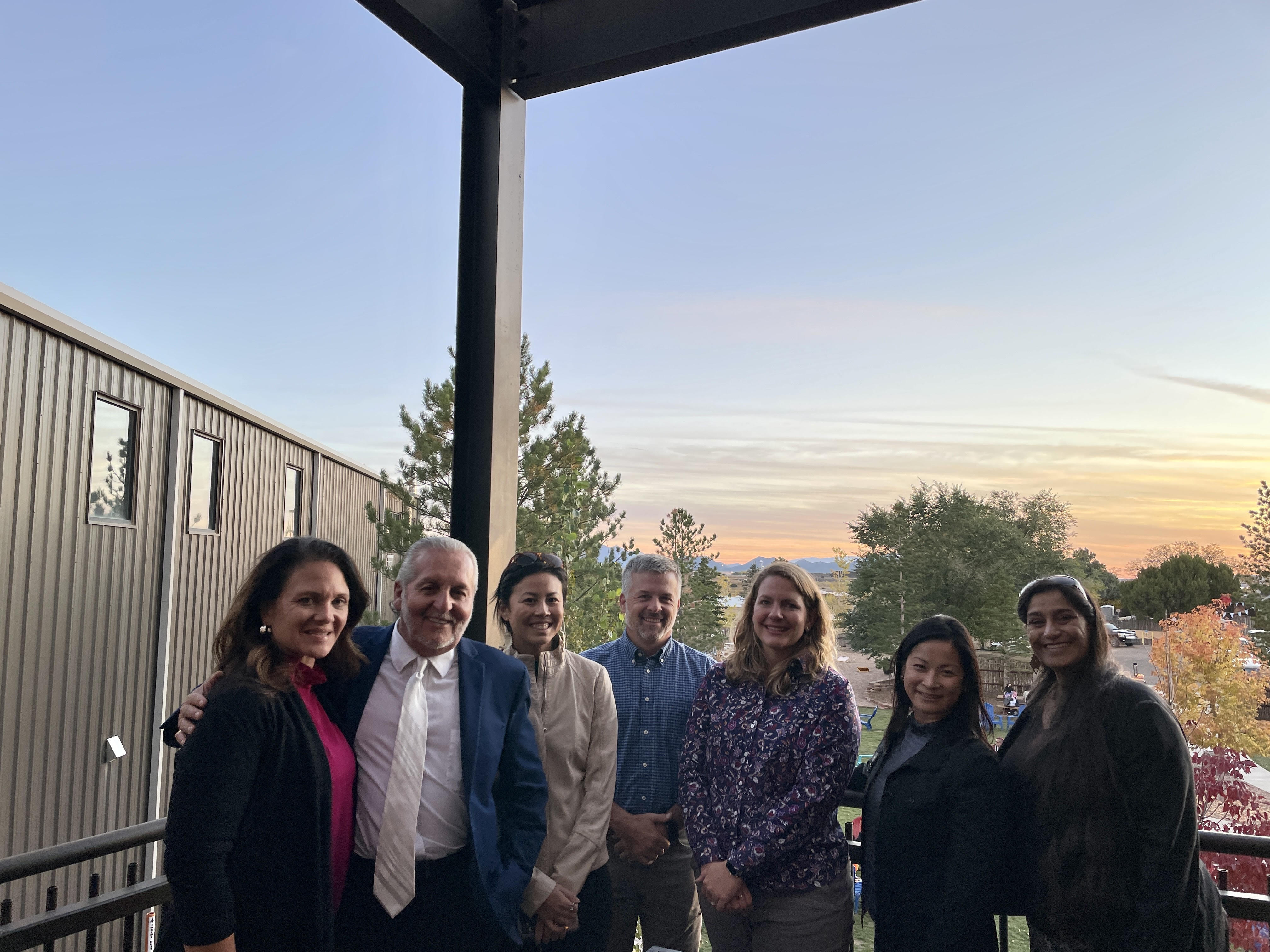
We hope you enjoyed getting some insight into the inner workings of the Permitting Council. Keep checking back to see how we are working to make the #InfrastructureDecade a reality.
